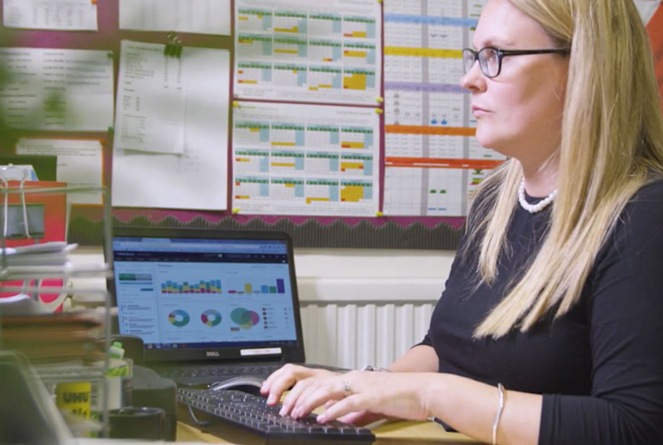Introduction
Education has undergone significant changes in recent years, with a greater focus on promoting inclusivity and work-life balance for educators. An important part of this shift is acknowledging and supporting parents working in education. This blog will explore the dynamics of maternity leave and shared parental leave, particularly in the context of school staff.
Maternity leave: The traditional option
Historically, maternity leave has been the primary avenue for supporting new mothers in the workforce, offering them time away from their professional responsibilities to focus on their health and care for their newborns. In schools, maternity leave is often designed to accommodate the physical and emotional demands of childbirth and the subsequent recovery period.
Maternity leave provides female educators with the time and space to bond with their newborns and adapt to the challenges of early parenthood. However, the traditional structure of maternity leave tends to place the majority of caregiving responsibilities on the mother, potentially reinforcing gender stereotypes and limiting the father's involvement in the early stages of parenthood.
Shared parental leave: A step towards equality
Many countries have introduced shared parental leave policies, recognising the need for a more equitable distribution of parenting responsibilities. Shared parental leave allows both parents to share the responsibility of caring for their child during the crucial early months, promoting a more balanced approach to parenting.
Shared parental leave allows fathers to play a hands-on role in childcare, promoting a more supportive and equal family setup. This helps build strong bonds between both parents and challenges traditional gender norms in education.
The benefits of shared parental leave in schools
Work-life balance: Shared parental leave promotes a healthier work-life balance for both parents, promoting staff well-being in schools. By sharing caregiving responsibilities, educators can maintain their professional commitments while actively participating in their child's early development.
Gender equality: Encouraging shared parental leave challenges gender stereotypes and contributes to breaking down barriers in the workplace. Fathers actively engaging in childcare challenge traditional assumptions about caregiving roles, creating a more inclusive work environment.
Employee well-being: Educators' emotional and physical well-being is paramount for effective teaching. Shared parental leave recognises the importance of parental mental health, allowing both parents to navigate the challenges of early parenthood without compromising their professional roles.
Flexibility in planning: Shared parental leave provides flexibility in planning for both parents. By dividing the leave period between them, educators can coordinate their absence to minimise disruption to the school and ensure a smooth transition for pupils and colleagues.
Navigating maternity and shared parental leave in schools
While shared parental leave offers a more inclusive and equitable approach to parenting responsibilities, choosing between maternity and shared parental leave is deeply personal and depends on various factors. Schools must create an environment that supports both options, respecting the individual choices of their staff members.
Cultural sensitivity: Schools should recognise and respect the diverse cultural perspectives on parenting. Understanding their staff members' cultural nuances and preferences will contribute to a more inclusive and supportive workplace.
Policy clarity: Leaders must establish well-defined and thorough school policies and procedures, which include maternity and shared parental leave. Educators should have access to information about their rights and entitlements, ensuring transparency in the decision-making process.
Support systems: Establishing support systems within the school community is crucial. This includes creating networks for new parents, providing access to counselling services, and creating a culture of understanding and empathy among colleagues.
Conclusion
In the ever-evolving landscape of education, acknowledging and adapting to the changing needs of educators is essential. Maternity leave and shared parental leave are not mutually exclusive; rather, they represent different paths to achieving a harmonious balance between professional and personal life for educators in schools. By recognising the unique benefits of each option, schools can contribute to a more inclusive and supportive environment for their staff members as they navigate the rewarding journey of parenthood.
How can schools support their staff?
From creating policies to providing expert guidance and advice, and every step in between, our team of committed HR consultants is ready to assist your school with all aspects of parental leave.
Why not book a free consultant today and discover how Juniper Education’s services can assist your school in providing essential support to your staff during their early journey into parenthood?
Or watch our webinar and discover how to manage Shared Parental Leave in schools.


/Primary%20school%20.jpg?width=2000&name=Primary%20school%20.jpg)








.png?width=940&height=788&name=Lingfield%20College%20Case%20Study%20(5).png)
-1.png?width=1000&height=833&name=National%20Association%20of%20Head%20Teachers%20(3)-1.png)
-3.png?width=1080&height=1080&name=Untitled%20design%20(10)-3.png)





